Table of Contents
Last Updated on December 23, 2019 by Team Spinfuel
Coil Building 101
To Torch or Not to Torch
by J. C. Martin, III
Quasi Prolog
When I received the Mutation XS V4 Mini RDA, I decided to do some ohms testing with coil builds. “How much resistance is actually decreased when Kanthal is slowly passed over a torch and submerged into baking soda water?” I asked myself. Well, as I experimented with my usual techniques, I discovered that it really makes little to no difference, whatsoever.
Heating the Kanthal with a torch obviously straightens it, somewhat, and makes the wire easier to work with. Cooling it off with water and pulling it through a napkin also helps straighten it out, so the process is still something I may do from time to time. Especially when making Clapton coils, as the central wire is easier to wrap smaller gauge wire around when it has been somewhat straightened. Building coils for the Mutation Mini is easy and fun, below are some thoughts in regards to doing so.
Photos and Notions
Here is a photo of the Mutation Mini RDA before I assembled it. Notice the 6 air holes feed air from the bottom, through the base, and through where the coils go.
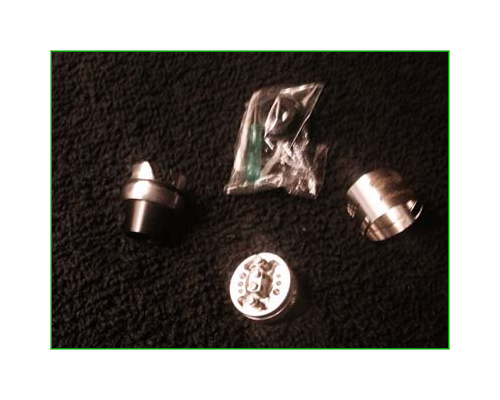
This second photo shows the ohms reading of the Mutation Mini with coils and silica wick installed. These were the coils that came with the RDA, so I tried them out before I built larger ones, and they worked just fine.

The photo below shows 24 gauge Kanthal coils wicked up and ready to go in the Mutation Mini RDA.

Here is a photo showing the RDA fully assembled and fastened to an IPV4s.
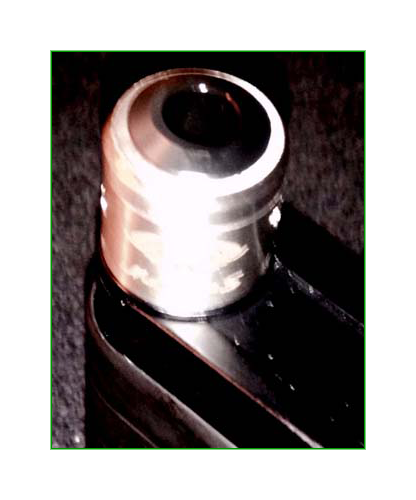
Below is the first photo taken for the torch test. This coil was the first of the two I put on the ohms’ reader, and it was ‘torched’ and cooled with baking soda water. Of course it was wiped clean before it was wound into a coil. The RDA in the photo is a 22mm Plume Vail. You can see I removed the mouthpiece, as well as its threaded housing, the latter being not-so-easy to do. I like the way the RDA vapes when altered in this manner.
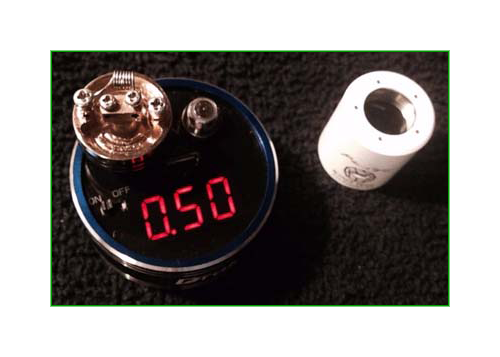
Here is the second photo of the torch test. It also reads exactly 0.50 ohms on the reader, proving that the resistance did not change when the wire was not passed through a torch.
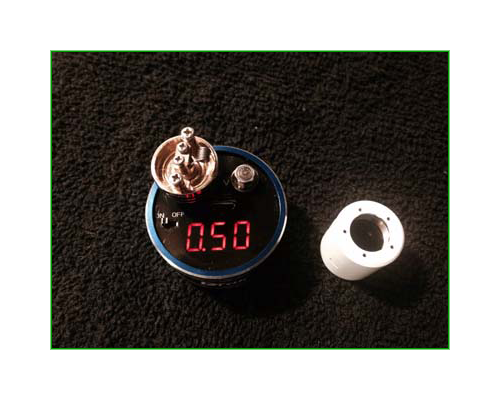
Coil Building
As both coils were of the same resistance, it was no surprise to see the build have very close to half of the resistance when they were installed simultaneously. Here is a photo showing what they read, together. 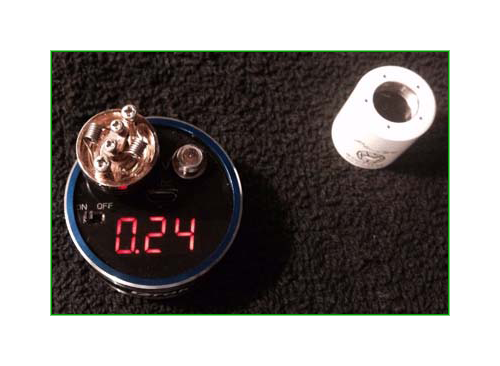
0.24 ohms was about what I thought I would see on the reader. I do not recommend vaping with two coils that are not the same. One being heated a great deal and the other not, it could be unsafe to use them together, even if after the first use both of them will have been introduced to heat. If one of them happens to pass current differently than the other one, it could be dangerous, just as using two 18650 batteries can be if they are not highly similar in age and use. Remember to ‘marry’ your batteries.
This one last photo shows a technique I have found to be useful. When you want to wick a coil with silica wick, but you just cannot easily pass it through the coil twice, try making a handy Kanthal needle, it just may save you some valuable time. The elegant silica wick in this photo is 2mm; I prefer 3mm over 2mm silica wick, as it is larger in size and better fits most coils I build.
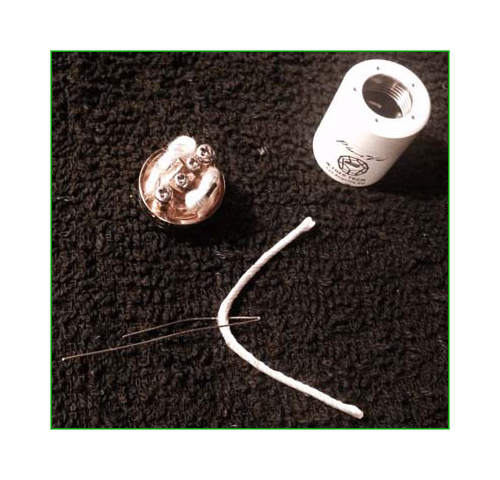
Coil Building Conclusion
In conclusion, these coil building tests were a lot of fun. No longer will I use a torch when I quickly build 2 coils for an RDA, necessarily. Torching Kanthal is a good way to straighten it out some, and doing so helps to make the wire more workable. I still torch 24 gauge Kanthal for use with Clapton coil construction, but as far as chimney coils and normal coils go, I see no reason to take the time to torch wire for their winding. These findings were a big surprise, to me, as instruction videos on making e-cigs sometimes show how to torch and treat copper wire. Never use copper wire with lithium batteries. Very small copper heating coils are for pen-sized e-cigs and their non-lithium ion batteries, only. There is nothing wrong with torching some Kanthal to wrap up some workable coils. I wear sunglasses when using a torch as a safety precaution and recommend doing so. Remember to always check your builds for proper ohms readings. Thank you for reading and as always, vape on.








